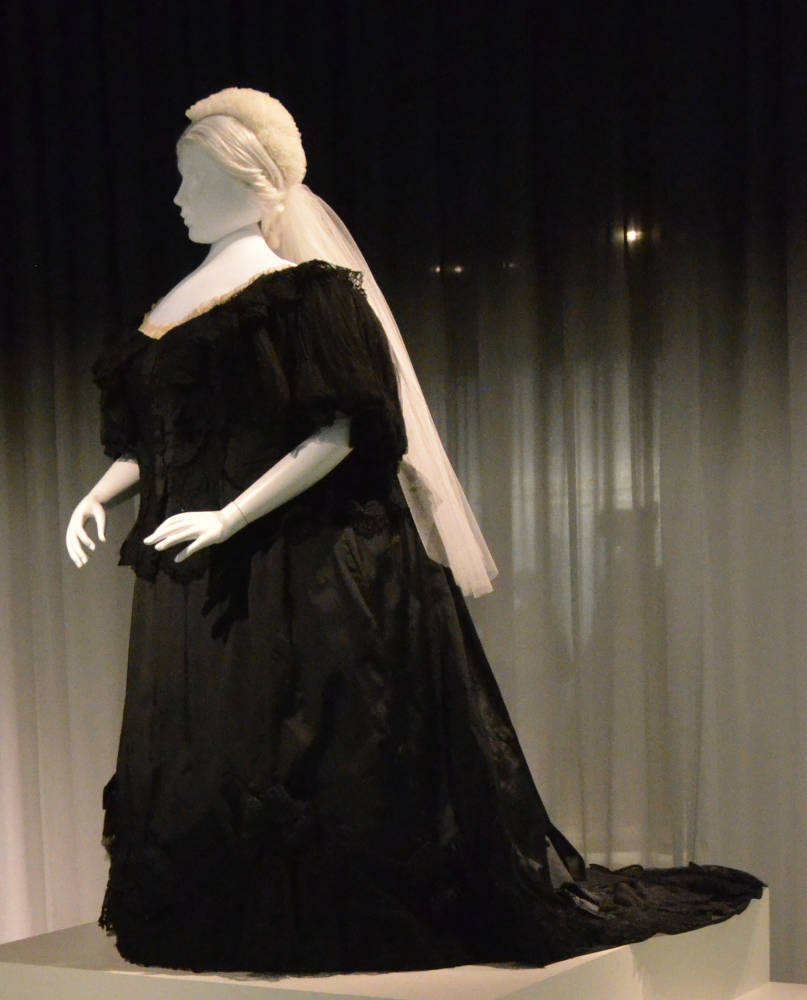

A later proposal by the nonprofit Friends of the Brooklyn Queens Connector, made public in January 2016, found backing from Mayor Bill de Blasio. A study by the city, published in 2011, found the proposal to be infeasible. It is planned to operate 24/7 on a north–south corridor along the East River between the boroughs of Queens and Brooklyn.Ī previous plan bearing similarities to the BQX was initially proposed in 1989 as part of a Brooklyn waterfront streetcar line connecting Red Hook with Downtown Brooklyn. The Brooklyn portion is less hilly than the Queens portion, except in Prospect Park where it crosses over the terminal moraine that divides Long Island in half.The Brooklyn–Queens Connector, abbreviated the BQX, is a proposed streetcar line in New York City. From here to the end, there is little mixing with motor traffic for the 3-mile (5 km) Eastern Parkway bike route, 2 miles (3 km) through Prospect Park, and the 5-mile (8 km) Ocean Parkway to the southern terminus at the Riegelmann Boardwalk in Coney Island. Exiting the park, the Greenway continues along parts of Cooper Avenue and other local streets to Highland Park and the Ridgewood Reservoir.Īfter exiting Highland Park, the Brooklyn leg of the Greenway uses various local streets in East New York to connect to Eastern Parkway. Bandshell, and the Forest Park Golf Course. The Greenway enters Forest Park at the Overlook and continues down Forest Park Drive passing the Urban Park Ranger station at Woodhaven Boulevard, the George Seuffert, Sr. The route continues on quiet residential streets such as Hoover and Coolidge Avenues, and on more heavily trafficked ones such as Main Street, and crosses Queens Boulevard. Once in Flushing Meadows, the Greenway runs along the eastern shores of both Meadow and Willow Lakes, exiting the park onto Jewel Avenue. The westward or main line of the Greenway makes its way through Cunningham Park and Kissena Park, and eventually goes around the south side of Queens Botanical Garden on streets, crossing the Whitestone Expressway on its own high overpass into Flushing Meadows-Corona Park. This eastern branch proceeds to the Alley Pond Adventure Course and the Winchester Boulevard bike lane. Using the LIMP, a branch of the Greenway goes eastward into Alley Pond Park to picnic tables, tennis courts and locker rooms.

The LIMP section of the Greenway is above-grade and most is closed to motor vehicle traffic. Passing the entrance to Fort Totten Park, the Greenway runs south, parallel to the Cross Island Parkway and is known as "Joe Michaels Mile." After crossing busy Northern Boulevard, the route becomes a well signed bike route along quiet residential streets, climbing to the former Long Island Motor Parkway. The northern terminus of the Brooklyn–Queens Greenway is in Little Bay Park, near the north end of Utopia Parkway in the shadow of the Throgs Neck Bridge. Ĭrossing Long Island Expressway to Cunningham Park The 40-mile (64 km) route includes portions of existing bike routes in Prospect Park, and along Eastern Parkway and Ocean Parkway in Brooklyn, and in Alley Pond Park, Cunningham Park, Forest Park, Kissena Park and Ridgewood Reservoir in Queens. The remainder is implemented as painted lanes or signed routes in streets.

As of 2007, the majority of the route is in parks or otherwise segregated from motor traffic. The Greenway is being developed under the joint auspices of the New York City Department of Transportation and the New York City Department of Parks and Recreation. The route connects major sites in the two boroughs, such as the New York Aquarium, Brooklyn Museum, the Brooklyn Botanic Garden, the New York Hall of Science and Citi Field. The Brooklyn–Queens Greenway is a bicycling and pedestrian path connecting parks and roads in the New York City boroughs of Brooklyn and Queens, connecting Coney Island in the south to Fort Totten in the north, on Long Island Sound. ( July 2013) ( Learn how and when to remove this template message) See Wikipedia's guide to writing better articles for suggestions.

This article's tone or style may not reflect the encyclopedic tone used on Wikipedia.


 0 kommentar(er)
0 kommentar(er)
